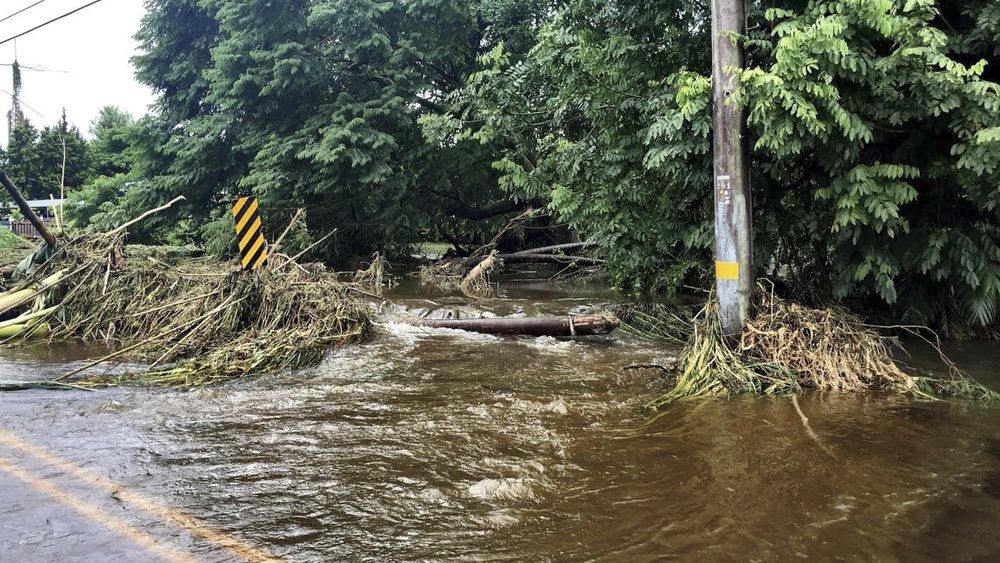Real estate transactions in Hawaii must now include a disclosure about the risk of sea level rise, up to and including 3.2 feet, to the property.
The update to the Mandatory Seller Disclosures in Real Estate Transactions Law, enacted in 2021, took effect on May 1.
“Recent news of the North Shore home collapse highlights the real risks to oceanfront properties due to climate change,” Suzanne Case, Co-Chair of the Hawaiʻi Climate Change Commission, noted. “Unfortunately, this may happen again; it’s a dangerous situation — and demonstrates the necessity for disclosing this kind of information.”
A property’s location relative to the sea-level rise exposure area can be determined via the state’s Sea Level Rise Viewer, which was developed by the Pacific Islands Ocean Observing System.
Threats from sea-level rise include passive flooding on low-lying coastal plains; annual high wave flooding; and shoreline erosion.
The state Department of Land and Natural Resources said that like existing flood zone disclosure requirements established by the National Flood Insurance Program, the SLR disclosure is intended to help homeowners and home buyers better understand how SLR will affect their properties.
The disclosure requirement applies to oceanfront and near-oceanfront properties as well as to properties close to streams or areas likely to flood in heavy rainfall events.
Michael Tsai covers local and state politics for Spectrum News Hawaii.
